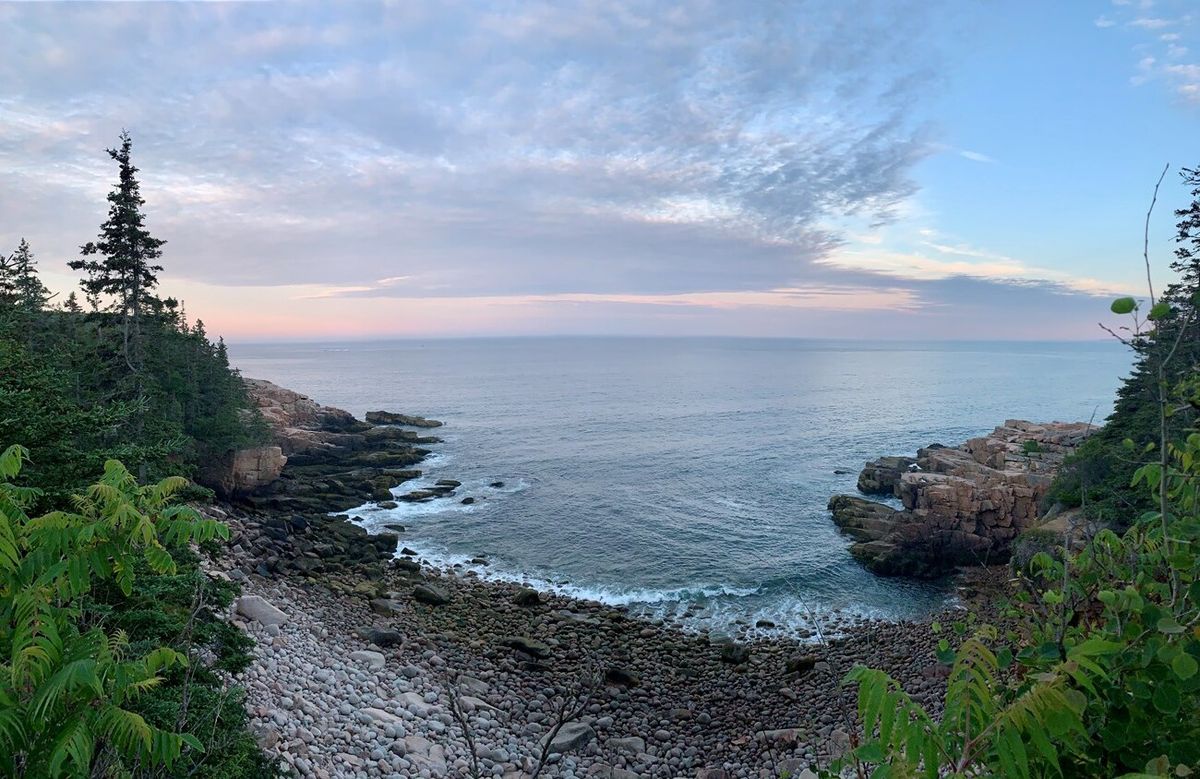Maine’s Acadia: Discovering 5 Secrets of Glacial Erratics

Acadia National Park in Maine is a treasure for nature lovers. One of its most intriguing features is the glacial erratics scattered throughout the landscape. These massive boulders, left behind by retreating glaciers thousands of years ago, tell stories of ancient ice movements. Exploring these natural wonders offers a glimpse into the park's geological history. Each erratic has its own unique shape and size, making them fascinating to observe. Whether you're hiking along the trails or enjoying a scenic drive, spotting these giant rocks adds an element of mystery to your adventure. They serve as reminders of the powerful forces that shaped the land. Visiting Acadia provides an opportunity to connect with nature and appreciate the beauty of these ancient formations. So, pack your hiking boots and get ready to uncover the secrets of Acadia's glacial erratics.
What Are Glacial Erratics?
Glacial erratics are fascinating rocks that glaciers have transported far from their original location. These stones often stand out because they differ in size and type from the native rocks around them. In Acadia National Park, these geological wonders tell stories of ancient ice movements and the power of nature.
Why Visit Acadia National Park?
Acadia National Park in Maine is a treasure trove of natural beauty. With its rugged coastline, lush forests, and majestic mountains, it's a paradise for nature lovers. Among its many attractions, glacial erratics offer a unique glimpse into the park's geological history.
Where to Find Glacial Erratics in Acadia?
Bubble Rock
Perched on the edge of South Bubble Mountain, Bubble Rock is one of Acadia's most famous glacial erratics. This massive boulder seems to defy gravity, balancing precariously on the mountain's edge. The hike to Bubble Rock is a moderate challenge, but the views of Jordan Pond and the surrounding landscape make it worthwhile.Otter Point
Otter Point offers stunning views of the Atlantic Ocean and is home to several glacial erratics. These rocks, scattered along the shoreline, provide a perfect spot for a picnic or a moment of reflection. As waves crash against the rocks, you can imagine the ancient glaciers that once shaped this landscape.Cadillac Mountain
Cadillac Mountain, the highest peak on the U.S. East Coast, boasts several glacial erratics. As you hike to the summit, keep an eye out for these intriguing stones. The panoramic views from the top, especially at sunrise, are breathtaking and worth the early morning trek.Gorham Mountain Trail
This trail offers a moderate hike with rewarding views of the coastline and several glacial erratics along the way. As you walk, notice how these rocks differ from the surrounding granite. It's a testament to the power of glaciers and the ever-changing landscape of Acadia.Sieur de Monts Spring
Located near the Wild Gardens of Acadia, Sieur de Monts Spring is a peaceful spot with several glacial erratics. The spring itself is a beautiful place to relax and enjoy nature. The nearby Nature Center provides more information about the park's geology and history, making it a great stop for curious minds.
Embracing Acadia's Glacial Wonders
Acadia National Park offers more than just stunning views. Its glacial erratics tell stories of ancient ice movements and geological history. These massive boulders, scattered across the landscape, invite visitors to ponder the forces that shaped them. Exploring these natural wonders provides a unique connection to the past, making each hike an adventure through time. Whether you're trekking along the Jordan Pond Path or marveling at Bubble Rock, these erratics offer a glimpse into the park's icy origins. They stand as reminders of nature's power and beauty, waiting for curious minds to uncover their secrets. Visiting Acadia isn't just about seeing the sights; it's about experiencing the stories etched in stone. So next time you find yourself in this breathtaking park, take a moment to appreciate the glacial erratics and the history they represent.

